how to teach shapes
Teaching shapes is one of the first steps in early math and visual learning. For young children, understanding circles, squares, triangles, and more opens the door to future math concepts and helps with everyday observation. But knowing how to teach shapes effectively isn’t always straightforward. Here’s a practical approach to give kids a solid start.
Start with the Basics
Introduce one shape at a time. Begin with simple, familiar shapes like circles, squares, and triangles. Show real-life examples: a round clock, a square napkin, a triangular slice of pizza. Naming shapes in everyday objects helps children connect what they see to formal terms.
Don’t rush to more complex shapes. Once the basics are firm, move to rectangles, ovals, diamonds, and hexagons. Always use the correct names, but don’t get bogged down with complex vocabulary if learners are young.
Use Hands-On Activities
Kids learn best when they touch and move objects. Use playdough to form shapes, cut them out of paper, or build them with blocks. Let children trace shapes with their finger or draw them in sand.
Shape-sorting toys, puzzles, and matching games reinforce recognition and memory. These activities make learning engaging and turn abstract concepts into concrete experiences.
Compare and Contrast
Show two shapes side by side. What’s different between a square and a rectangle? How is a triangle not a circle? These comparisons help clarify features like the number of sides or corners. Encourage children to describe what they see in their own words.
Go beyond the obvious. Point out that some shapes fit together with no gaps (like squares and rectangles), while others do not. Observing these properties lays the groundwork for geometry later.
Make it Part of Daily Life
Incorporate shapes into daily routines. During snack time, ask if food items are round or square. While getting dressed, notice shapes on clothing patterns. On walks, point out shapes in signs, windows, and buildings. The goal is to show that shapes are everywhere, not just in books.
Pros and Cons of Common Methods
Pros:
- Visual learning with real objects improves memory
- Hands-on activities promote engagement and excitement
- Connecting shapes to real life keeps lessons relevant
Cons:
- Too much repetition can lead to boredom
- Some children struggle to generalize from pictures to real-world shapes
- Overcomplicating lessons (using too many shapes at once) can cause confusion
Practical Tips
- Use clear, consistent language for each shape
- Give chances for drawing, tracing, and making shapes
- Reinforce learning by playing classic games like “I Spy” with a shape focus
- Don’t worry if mastery is slow—practice matters more than speed
Wrap-Up
Knowing how to teach shapes is about making learning interactive, purposeful, and connected to the real world. Keep lessons simple and build naturally from one shape to the next. With patience and creativity, children will not only recognize shapes—they’ll also start to see math everywhere they look.


 Johnner Ortegallera is the visionary founder of Rush Gambler Win, a leading platform dedicated to delivering the most current and comprehensive news in the gambling industry. Covering everything from casino games and sports betting to esports wagering and cryptocurrency gambling, Johnner has created a hub where players and bettors can stay informed and ahead of the game. With a strong focus on providing valuable insights, expert strategies, and practical tips, he is committed to empowering gamblers to enhance their skills, expand their knowledge, and make smarter, more confident decisions. Under his leadership, Rush Gambler Win continues to set the standard for excellence in gambling content.
Johnner Ortegallera is the visionary founder of Rush Gambler Win, a leading platform dedicated to delivering the most current and comprehensive news in the gambling industry. Covering everything from casino games and sports betting to esports wagering and cryptocurrency gambling, Johnner has created a hub where players and bettors can stay informed and ahead of the game. With a strong focus on providing valuable insights, expert strategies, and practical tips, he is committed to empowering gamblers to enhance their skills, expand their knowledge, and make smarter, more confident decisions. Under his leadership, Rush Gambler Win continues to set the standard for excellence in gambling content.
